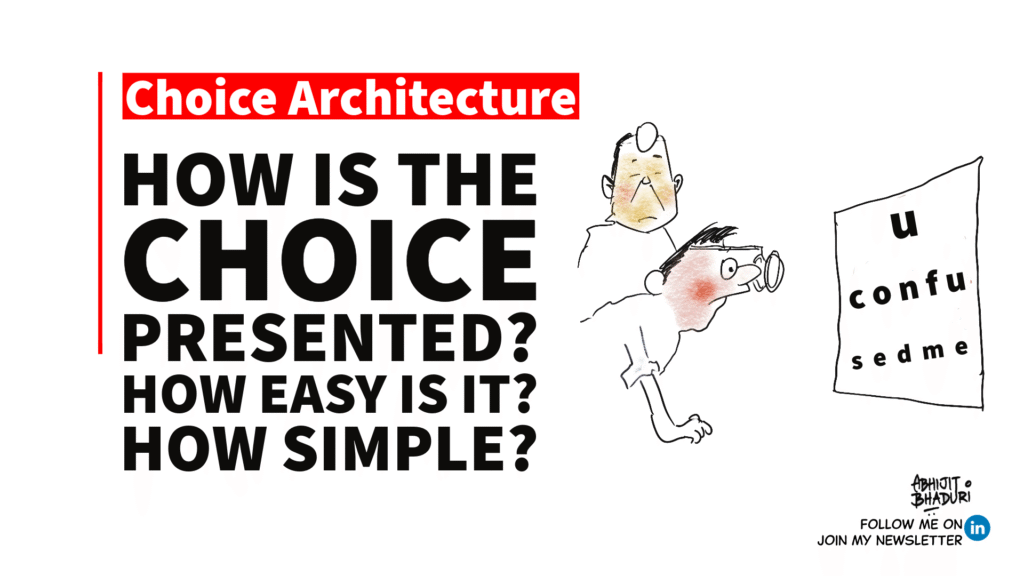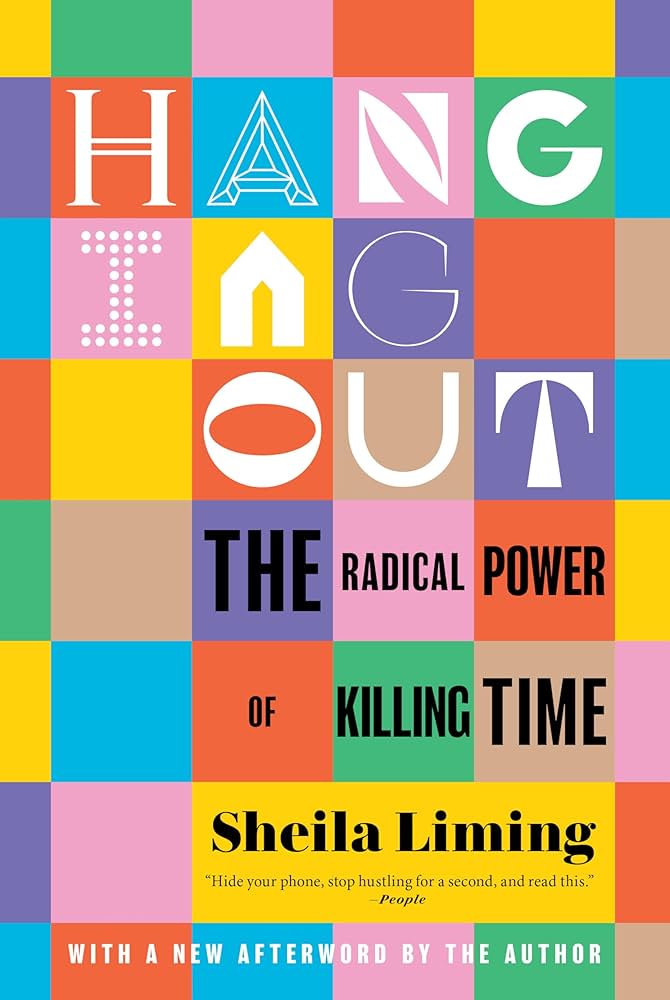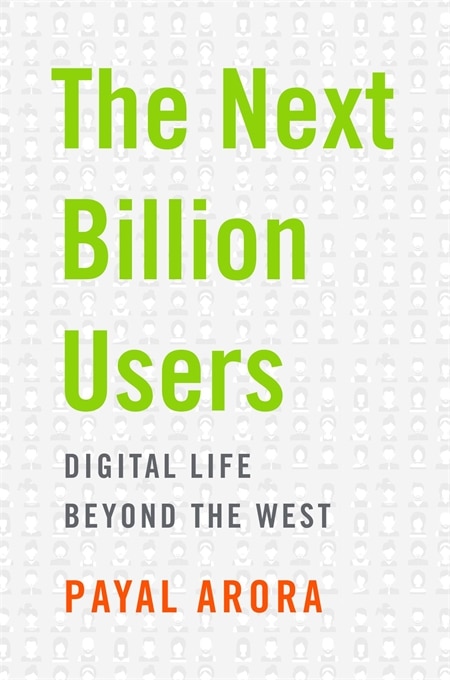Edition 1: The Problem with TMI (Too Much Info) – And What HR Must Do Differently
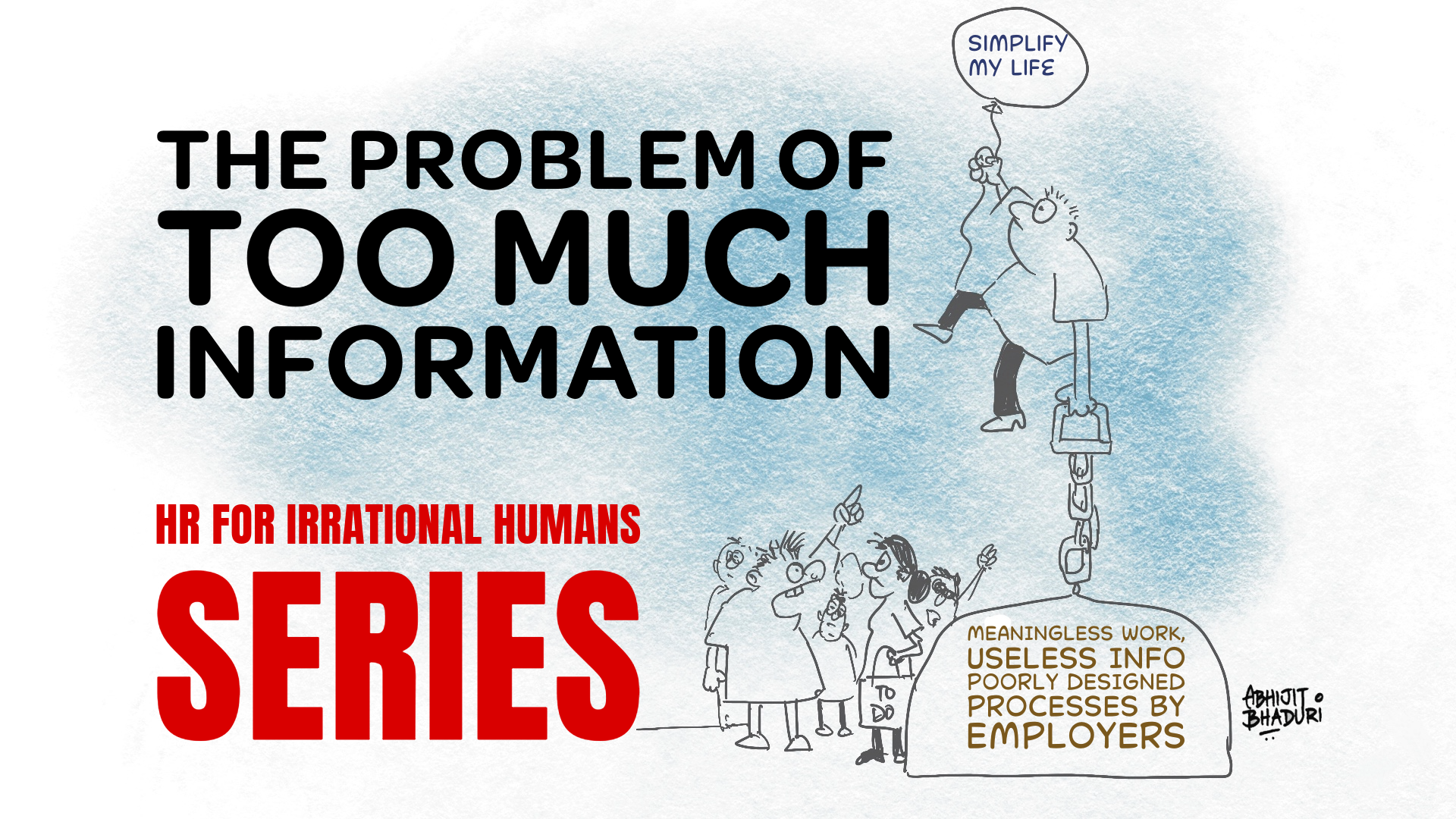
What is harder – choosing the glasses or the frame?
If you think choosing the eyeglass is hard, then wait till you have to choose a frame that fits your face and your pocket.
I sit in the chair, the optometrist slides over a giant lens frame, and flips through lenses rapidly. “Better or worse? One or two? Three or four?”
After about ten lenses, everything looks the same. I am trying hard to remember what I said the last nine times. Will someone design a pair of glasses that help me SEE better… and recommend what makes look trendy.
That’s the hidden trap of too many options—eventually, our ability to choose breaks down.
This moment of decision fatigue isn’t just happening in eye exams. It’s happening across talent systems—in hiring platforms, learning dashboards, and career paths—where HR unintentionally overwhelms people with too much data, too many tools, and too many choices.
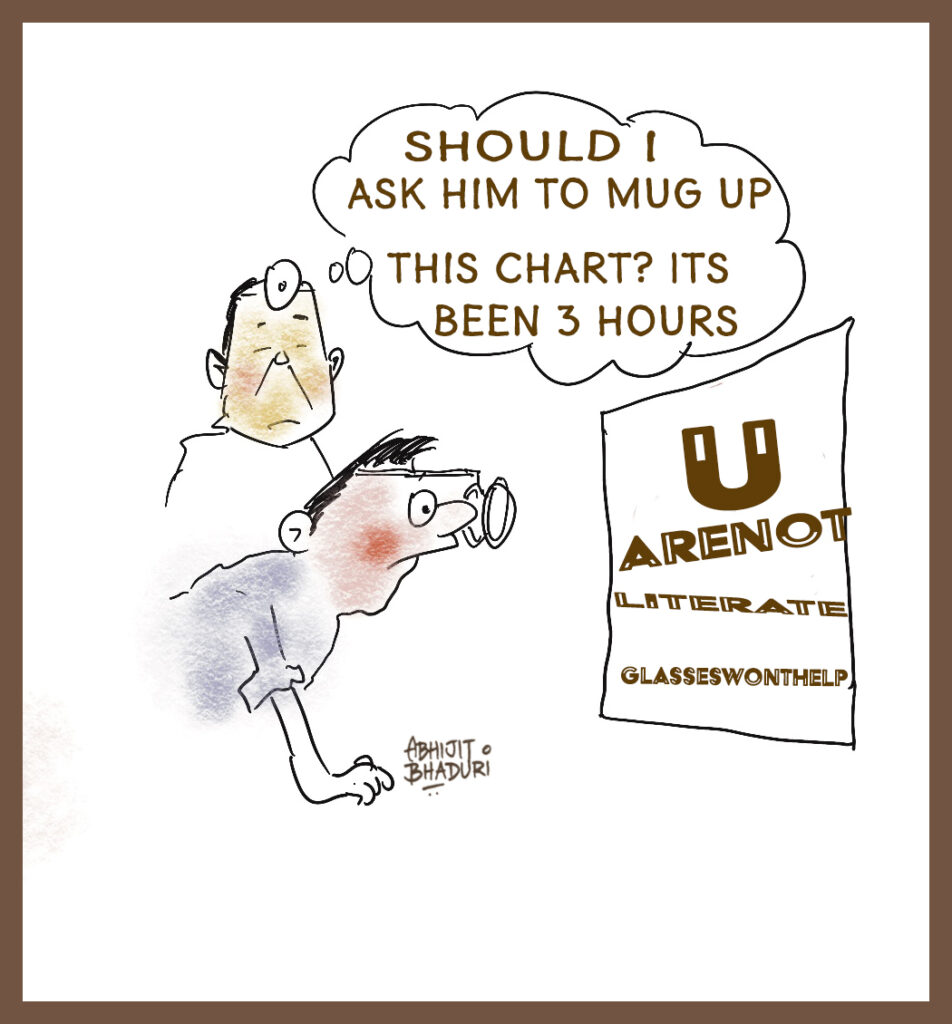
The Behavioral Science Insight: We Don’t Want More Information. We Want Meaning.
Cognitive Overload Creates Fatigue
That’s what happens when our minds face too many choices in too little time: we hit cognitive overload. The ability to decide—clearly and confidently—erodes.
From job applications with 18 clicks, to learning portals with 600 courses, to performance tools with 47 competencies—we’re unintentionally fatiguing our people.
Humans like things to be simple. Talk to a politicians. They will tell you the magic of slogans and how to reach the hearts of the voters.
In moments of stress, we don’t want more data—we want less noise and clearer signals.
- We avoid emotionally uncomfortable information – like bad feedback or health warnings. No one wants to know what they have always dreaded.
- We ignore data we don’t understand – you never read those agreements written to say that you agree to all the terms and conditions. You will be shocked what you have signed away.
- We freeze when choices are excessive – like internal job boards with no filters. Limit it to 2-3 options to choose from/
- We don’t act when priorities are unclear – most disappointments with appraisals happens because the boss and the team member did not agree what was the priority everytime things changed.
So if employees aren’t acting, learning, or engaging—it might not be because they’re unwilling. It might be because they’re overwhelmed.
5 Things HR Should Fix
Let’s walk through how this plays out:
1. Onboarding Overload
New hires are sent links to 11 documents, 4 videos, 3 portals, and 2 emails from IT. Most delay engaging until they “have time”—which rarely comes. I have first hand experience of this. New hires don’t protest because they don’t want to start off on the wrong foot.
Fix it: Create a “Day One Card” with just 3 actions. Everything else follows, gradually.
2. Manager Metrics Maze
HR provides people leaders with 20+ engagement metrics and expects action. But without guidance on where to focus, managers close the dashboard and do nothing.
Fix it: Give a monthly “Manager Snapshot” with 1 priority metric, what it means, and a prompt: “Here’s one thing to try this month.”
3. Learning Paralysis
Learning portals promise “anytime, anywhere” learning—with thousands of videos. But employees log in, scan options, and bounce off.
Fix it: Curate 3 featured pathways based on roles. Label them: “Quick Wins,” “Upskill Now,” and “Future Ready.”
4. Performance Feedback Fog
Employees receive multiple templates, scorecards, definitions, and guides—yet leave reviews vague or empty.
Fix it: Give one simple question to start with: “What do you want to get better at this year?”
Curators, Not Broadcasters: The New Role for HR
We often think of HR as educators, communicators, or policy designers. But the modern HR leader must now be a curator—someone who reduces noise, sharpens relevance, and nudges action.
That means:
- Showing only what matters now
- Explaining the “why” before the “what”
- Sequencing information by urgency
- Designing systems with simplicity and intention
In short, behavioral economics gives HR a design challenge: don’t add more—filter better.
Final Thought
People don’t suffer from a lack of information. They suffer from fatigue caused by useless information. Stories sell more than information. I know this. I have written both – fiction and non fiction.
Behavioral science teaches us that friction, fear, and fatigue are not just emotions—they’re barriers to action. The HR systems we build must reflect this. When in doubt, design for simplicity, curate for meaning, and start with what matters most.increase usage, and create real behavior change.
